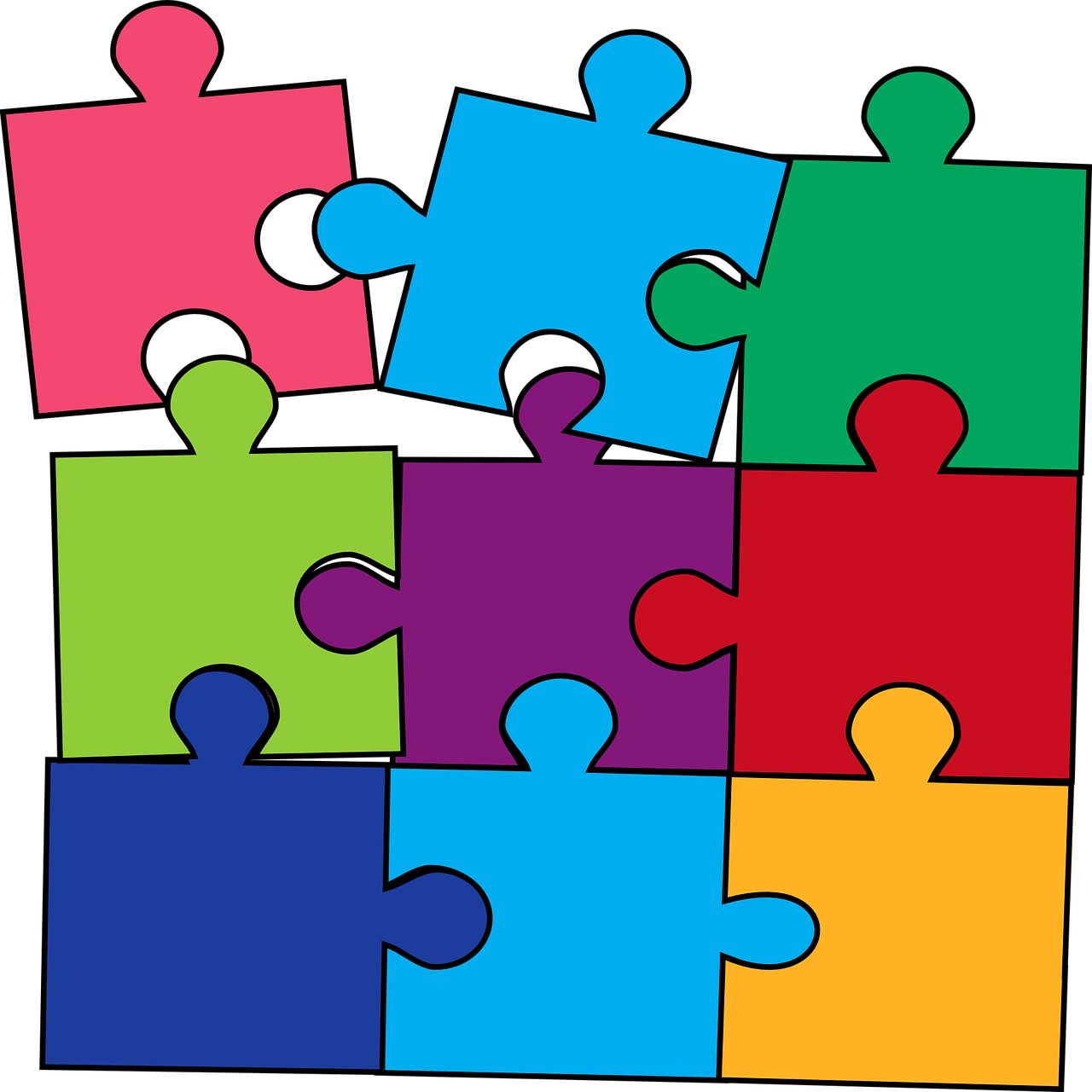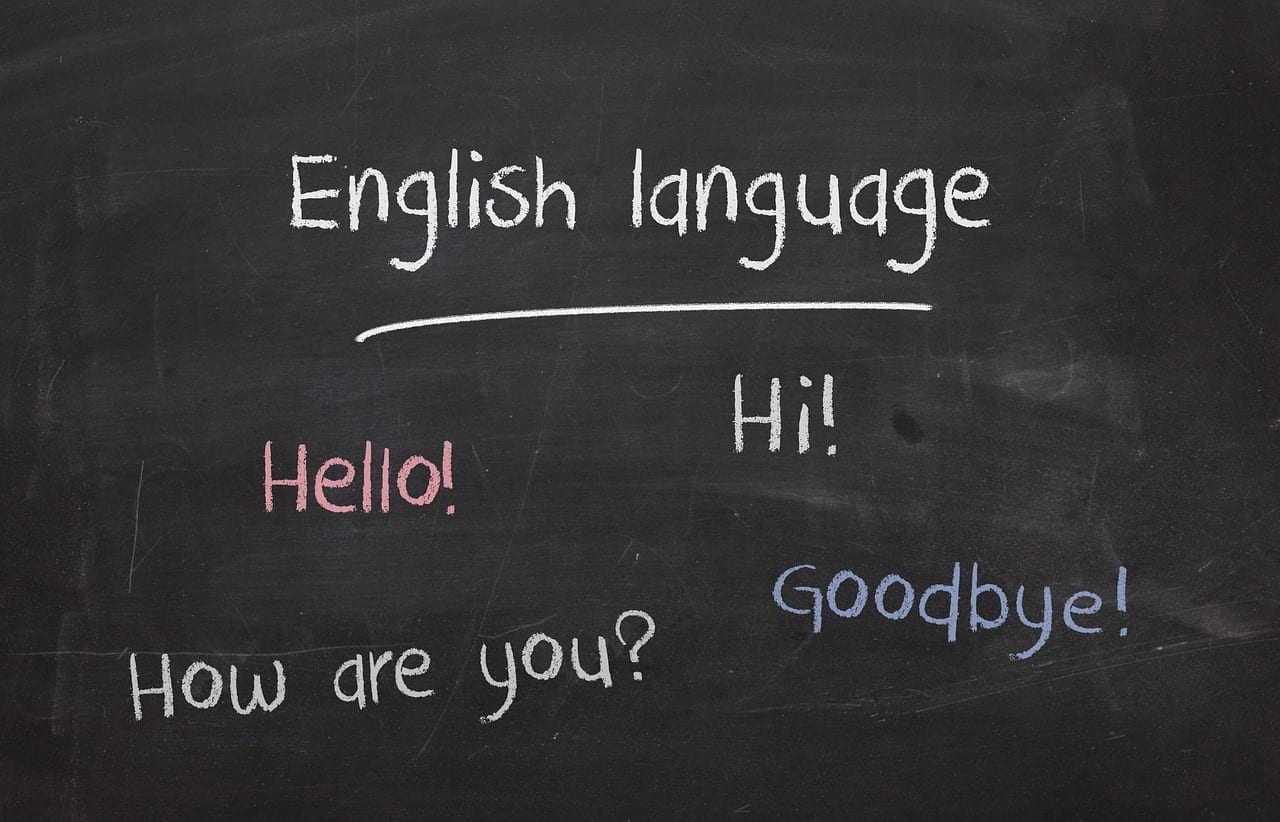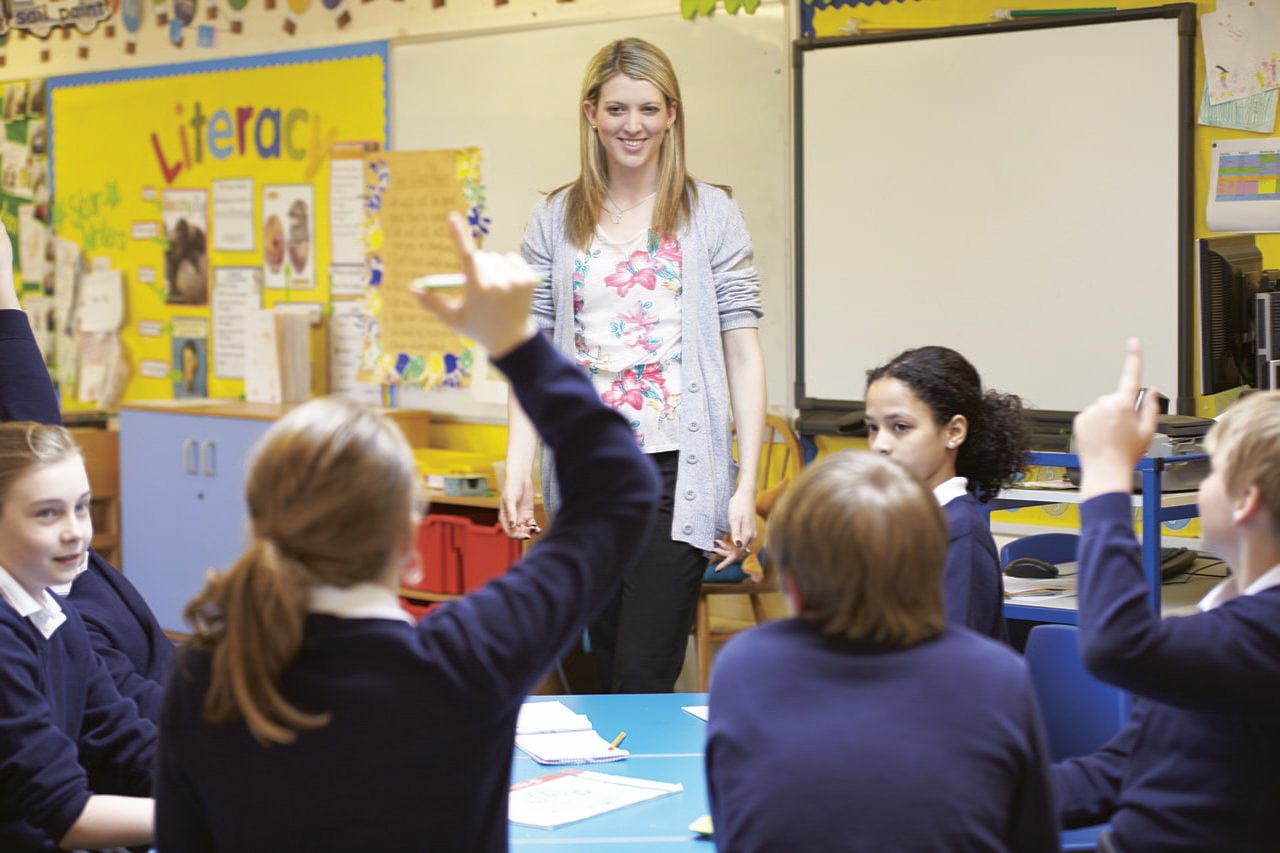It started with a yawn. I saw it contagiously meander through the classroom. I was reviewing punctuation rules with my students, and I had to come to the climax of the lecture: semicolons! How was it possible that my students weren’t enjoying this as much as I was? Could it be that they were…bored?
Though it pains me to remember it, this was an important moment in my pedagogical journey. Coming to terms with our own myopia as educators can be uncomfortable, but as we are educators first and not just purveyors of content, most of us welcome the chance to become more effective in the classroom. The question that often eludes us is: How?
Looking Back
My own journey sent me reminiscing, back to my most memorable lessons from earlier years. As an English major, there is maybe no reason that I should retain information on the taxonomy of living things or plate tectonics. And yet I do, largely because they were presented to me in novel ways, the taxonomy set to a song, and the drama of plate tectonics explored in a skit. Not only do I remember these lessons, I remember the teachers fondly, and as a teacher myself now, I appreciate the efforts they made to create a significant learning experience for me. It was something I could aspire to.
So, as novelty seemed to be a recurring factor in my positive experiences, I made that my goal for a few classes. The first activity I tried in class was a pre-writing workshop, speed-dating-style. Lining students up in two rows facing each other, I gave them four minutes to discuss their research question with a peer (two minutes each), inviting questions and insights. When the time was up, the students in one row moved down the line and the process began again with a new partner. After the logistics were smoothed out and I had a moment to observe, I realized I was smiling. And so were the students. There was laughter and animated conversation. There was genuine sharing of ideas and encouragement. Dare I say it? There was something that felt like joy.
I was hooked. For the next few years, I researched as much as I could about this new way of teaching, eventually finding the name for it: playful pedagogy. The value of play in the learning process and in the classroom has been well-studied and documented in early childhood education, but for a variety of reasons, once students reach higher grades, we see less and less playfulness. Perhaps there is an assumption that students have outgrown the frivolity of play. If so, this belief seems to compound at the time of a student’s entrance to college. It’s almost as if the academic buildings themselves declare: You are adults and need to be engaged in the serious and rigorous work of learning. While I don’t argue with the goal, I think there may be better ways to get there.
Incorporating Play
Playful pedagogy is an approach to classroom instruction that values a student’s individual exploration and autonomy, that encourages diversity of perspectives, and that ultimately offers a return to joyful learning (Liu et al. 2017). The practice has been shown to build a sense of relational safety for students, thereby encouraging them to take larger risks (and see larger rewards) in their learning (Forbes 2021, 64). In my own experience, I have seen students gain greater confidence in their writing ability and in applying a critical lens to a problem. I have seen students approach challenges with determination rather than resignation, and I have seen students build a community of inclusion in the classroom.
After a few semesters of incorporating playful strategies into my teaching, either as short, fun classroom openers, or as a vehicle for teaching new content, I asked students for their thoughts on this approach. In their words:
“[The activities] made me feel connected to the class because we laughed and worked together. I was able to become a little more engaged as class went on.”
“I really liked the movement in the classroom. Woke me up and it was engaging. I feel the class bonded more when we did these activities.”
“I loved it, this class was the one [where] I was most outgoing and participated the most.”
[The activities] stimulated my ability to learn and got my brain working.”
Though anecdotal, these results are hopeful to me. They are also consistent with much of the research that has been done on the connection between playfulness and learning. In a white paper published by Claire Liu and colleagues, sponsored by the LEGO Foundation, the authors identify five key characteristics of playful learning which facilitate cognitive development: joy, meaning; active engagement; iteration; and social interaction. Whether it be through increased production of neurotransmitters, construction of new neural pathways, or enhancement of memory and retrieval processes, the connection between learning and play is pronounced and worth exploring (Liu et al. 2017).
Experimenting with Joy
I found my way to playful learning through my own personal classroom crisis, but aren’t we seeing similar crises in higher education today? Student mental health has taken a hit; students are feeling isolated and overwhelmed. They are disengaged in the classroom and anxious about their ability to get jobs. Educators themselves are burnt out and losing heart. Though playful pedagogy is not perhaps a panacea, it does offer a particular advantage: joy.
To that end, I’m including a list of playful activities educators can try in order to conduct their own experiments with joy in the classroom:
Start class off with a riddle, a joke, or a comic.
Give students a card with a symbol/picture on it as they come in. Ask them to find the other student in the class with the same picture and then find something they have in common. Have them share what they’ve learned with the class (if there’s time and willingness).
Add music to your PowerPoint presentation – use it as background or in strategic placements throughout.
Try adapting your favorite board game to include your content. You might be surprised how a little competition reinvigorates the class.
Consider reviewing content from a previous class in a one-on-one quiz show format…but everyone plays at the same time – in partners.
These are just meant as starting points, easy forays into newness. But there is so much more to explore. And while my educational home is in the humanities, this pedagogical approach is applicable across all disciplines. At my university, for example, we have a thriving “sandbox-style” working group comprised of interdisciplinary educators. We meet monthly to discuss the application of playful learning in our specific classrooms, and to take inspiration from each other’s experiences. We are part of a growing movement of higher education professionals who are finding great value in playfulness, for our students and for ourselves.
Our classrooms can be playful and offer rigorous learning experiences; these are not mutually exclusive goals. But it might take some work to make it happen. So, though returning joy to the classroom might be the start of a challenging journey, it promises to be a fun one.
Trista Nilsson is a senior lecturer in the English and Communication Department at Nazareth University. She has been teaching courses in writing and rhetoric for fifteen years, and she is a happy practitioner of playful pedagogy.
References
Forbes, Lisa K. “The Process of Play in Learning in Higher Education: A Phenomenological Study.” Journal of Teaching and Learning. no. 15 (May 2021): 57-73. doi:10.22329/jtl.v15i1.6515
Liu, Claire, Lynneth Solis, Hanne Jensen, Emily Hopkins, Dave Neale, Jennifer Zosh, Kathy Hirsh-Pasek, David Whitebread. “Neuroscience and learning through play: a review of the evidence.” The LEGO Foundation. Denmark, 2017. https://akcesedukacja.pl/images/dokumenty-pdf/Insight_and_Research/LEGO-Foundation—Neuroscience-and-learning-through-play-2017.pdf
The post Journeying Back to Joy in the Classroom appeared first on Faculty Focus | Higher Ed Teaching & Learning.
It started with a yawn. I saw it contagiously meander through the classroom. I was reviewing punctuation rules with my students, and I had to come to the climax of the lecture: semicolons!
The post Journeying Back to Joy in the Classroom appeared first on Faculty Focus | Higher Ed Teaching & Learning. Effective Teaching Strategies, playful pedagogy, positive classroom climate, the joy of teaching Faculty Focus | Higher Ed Teaching & Learning








